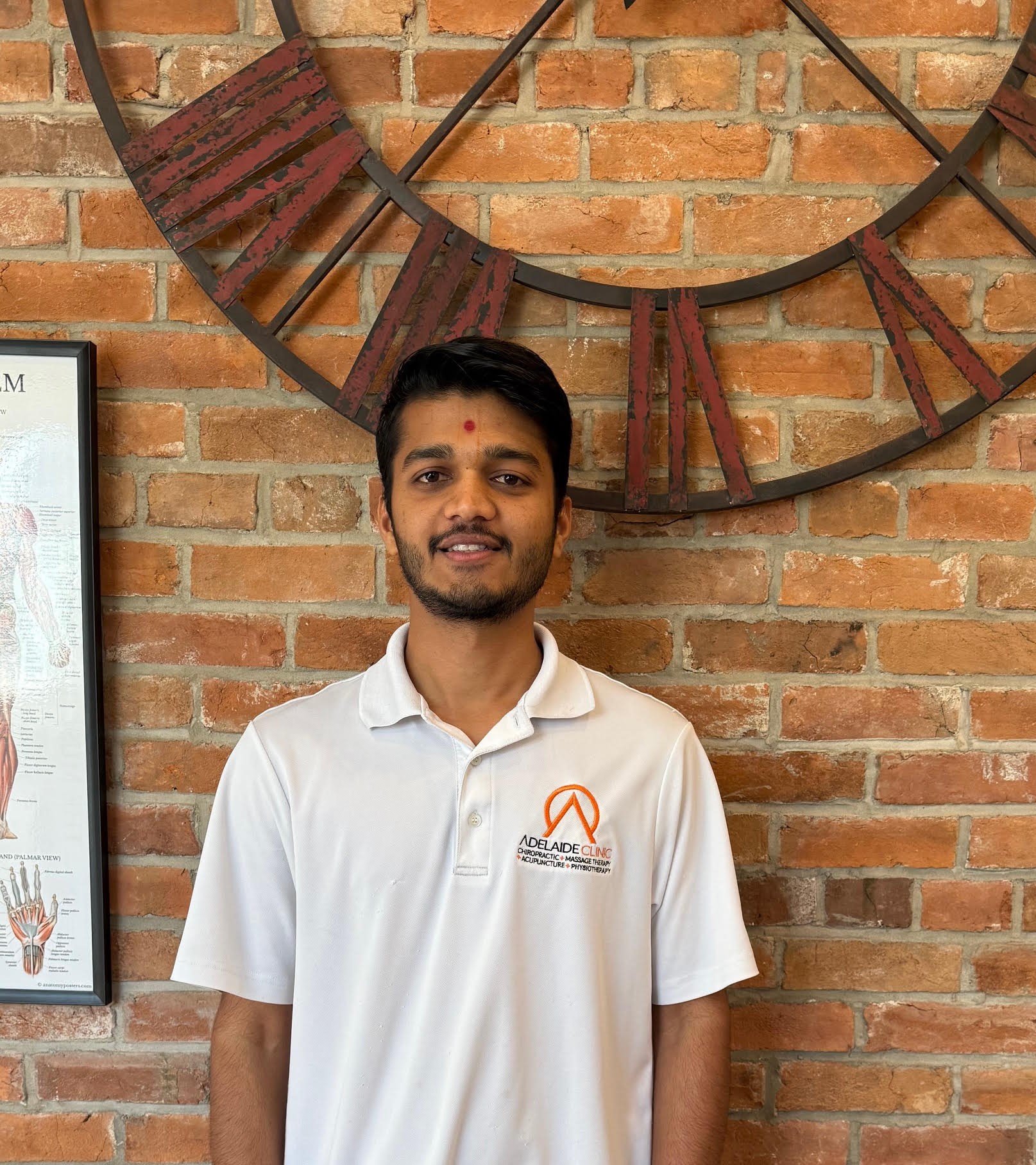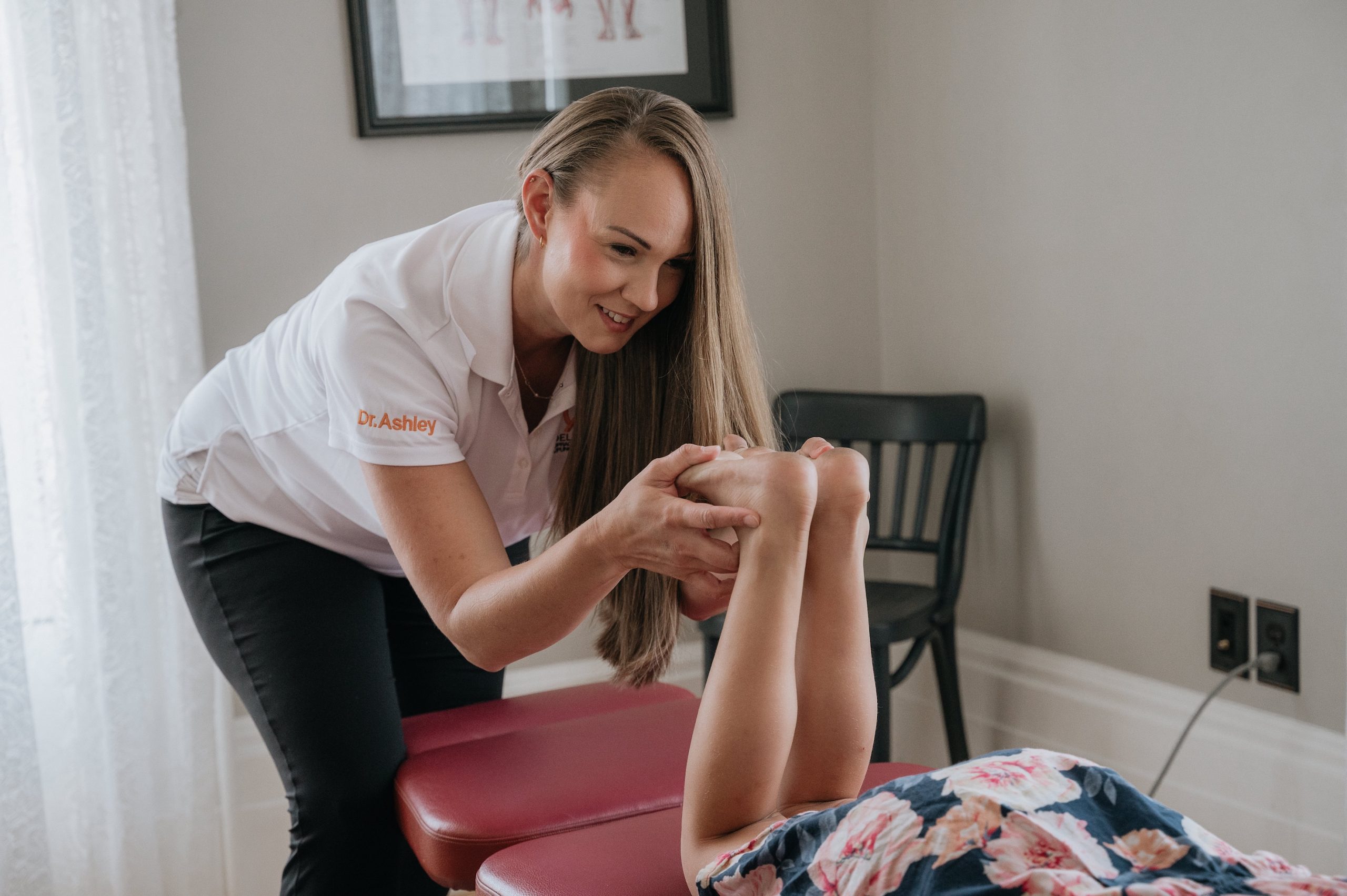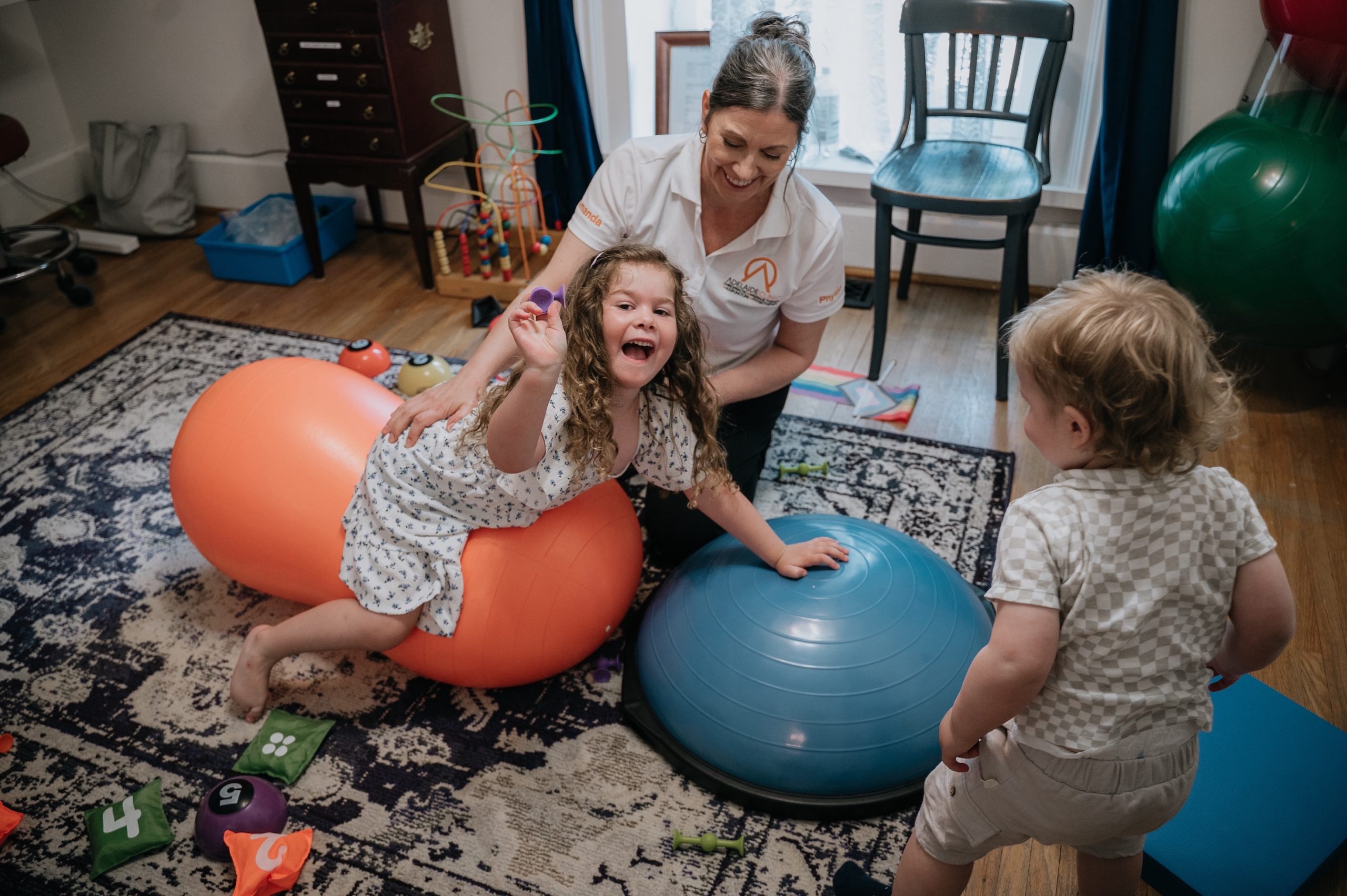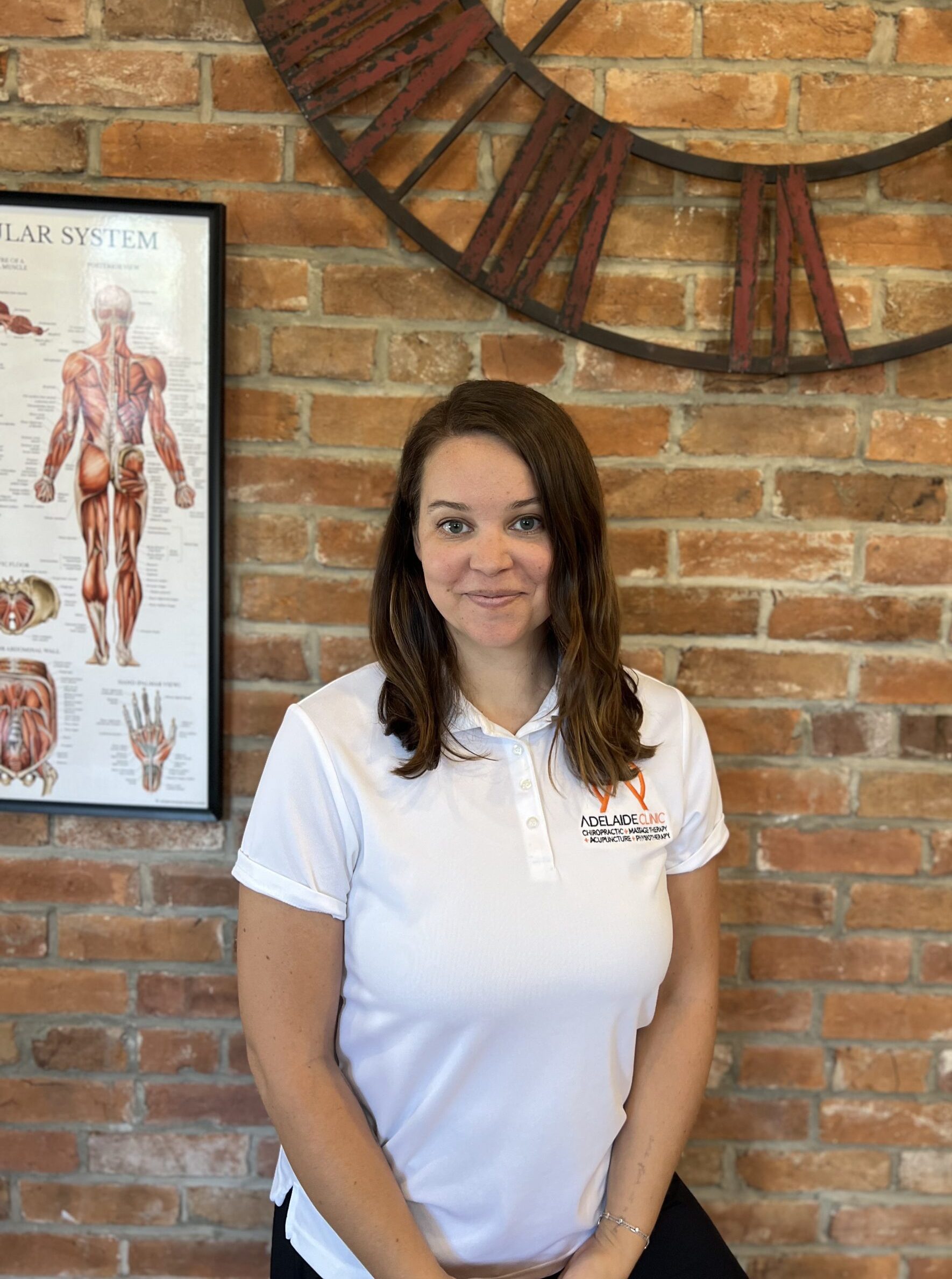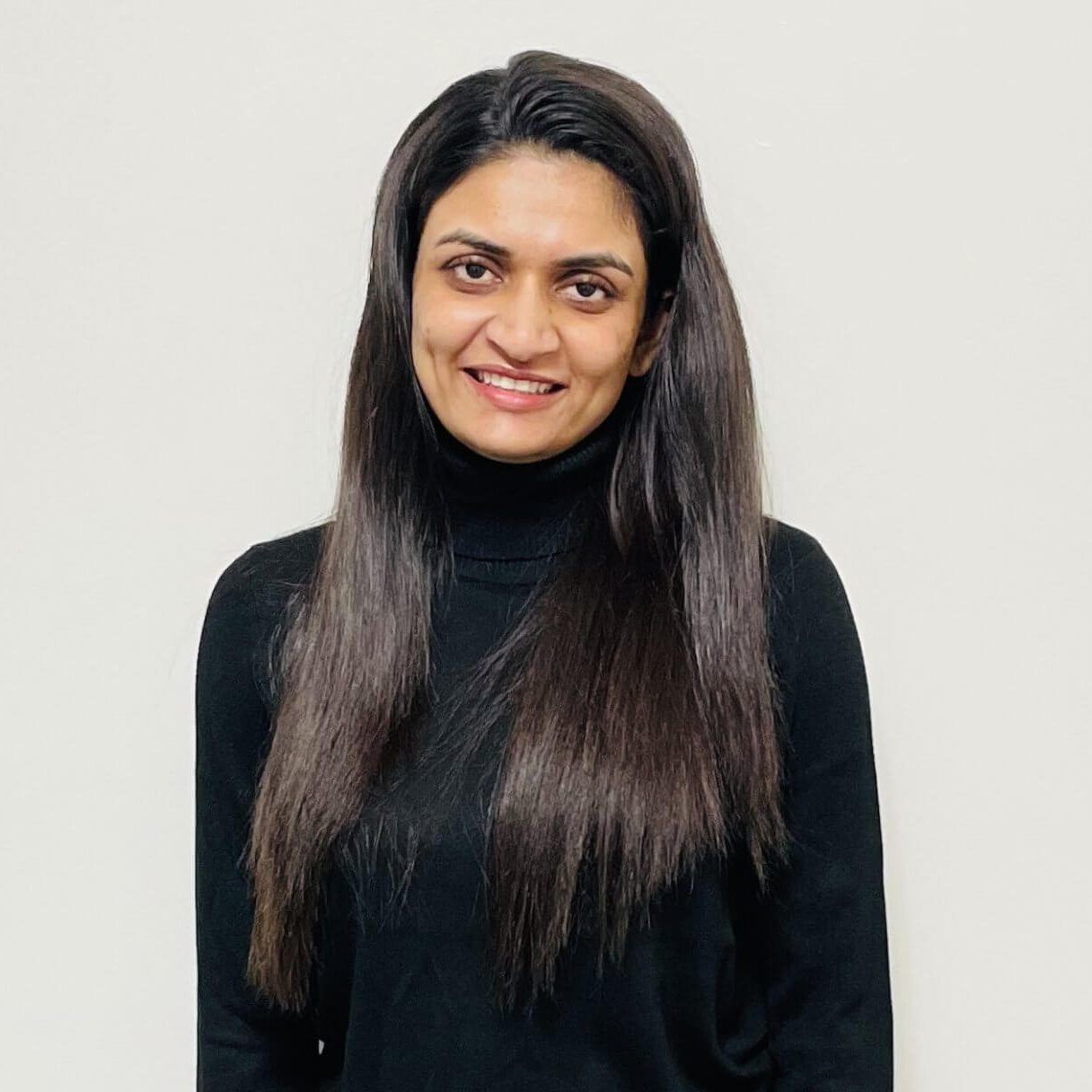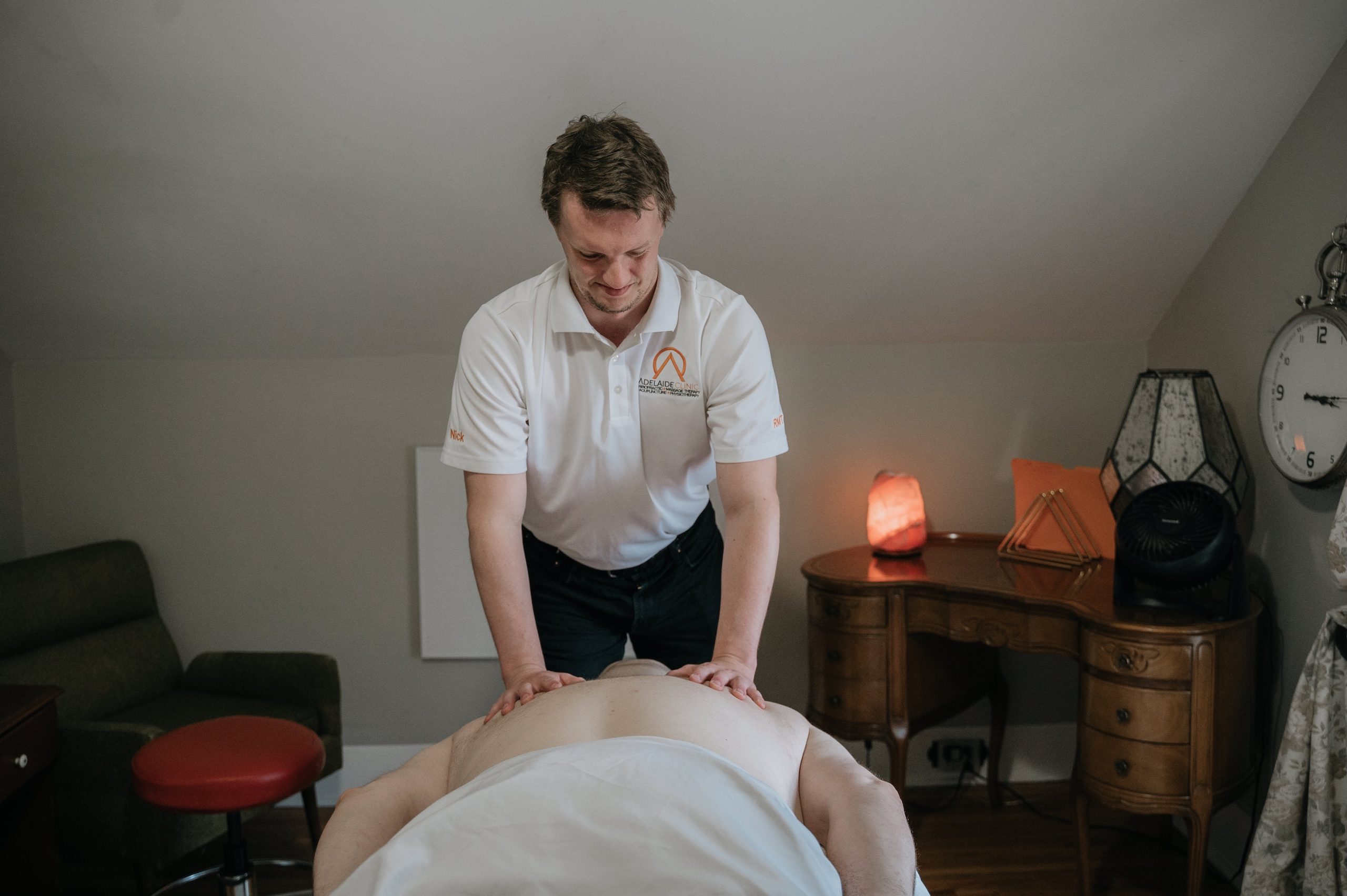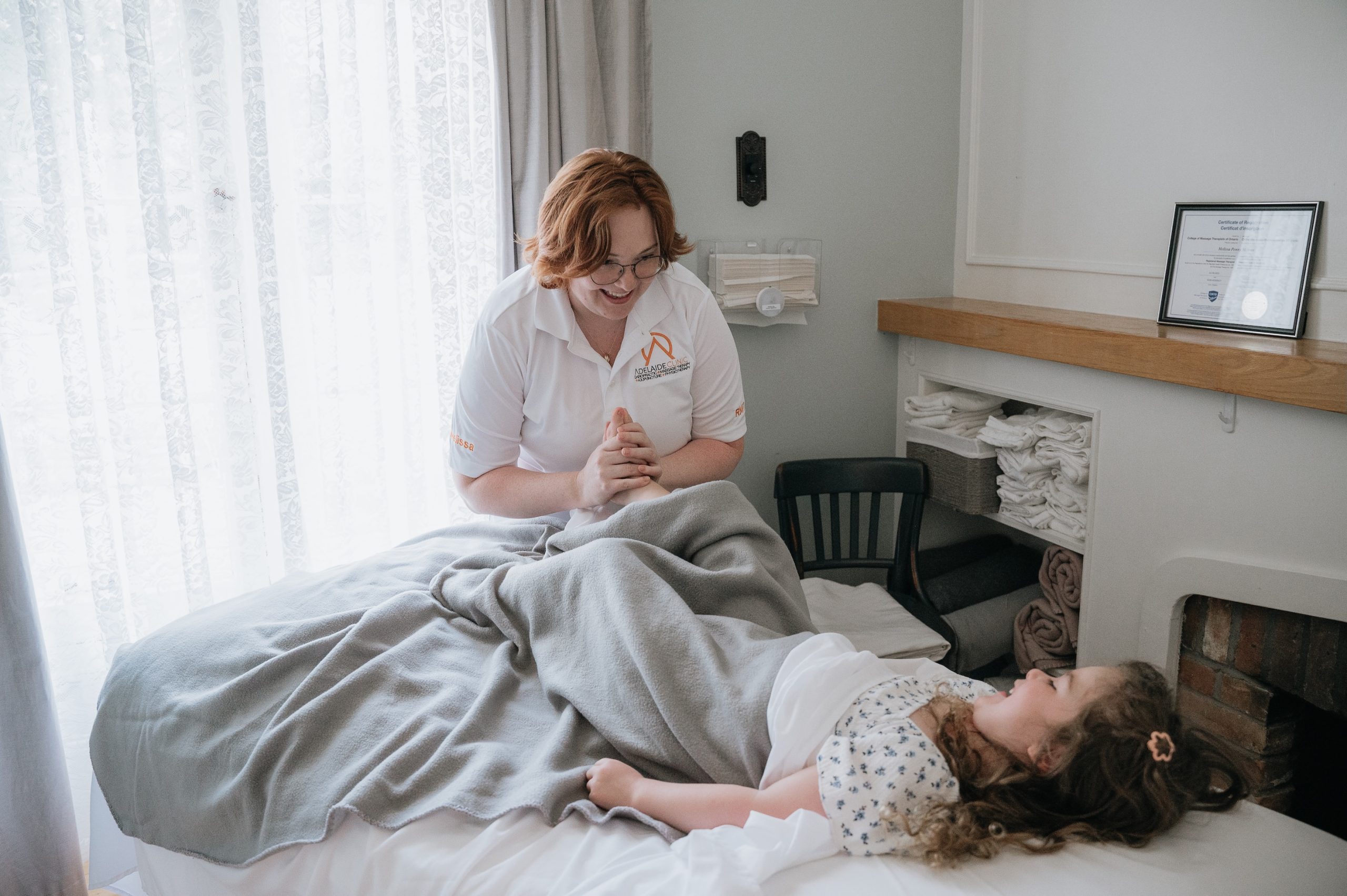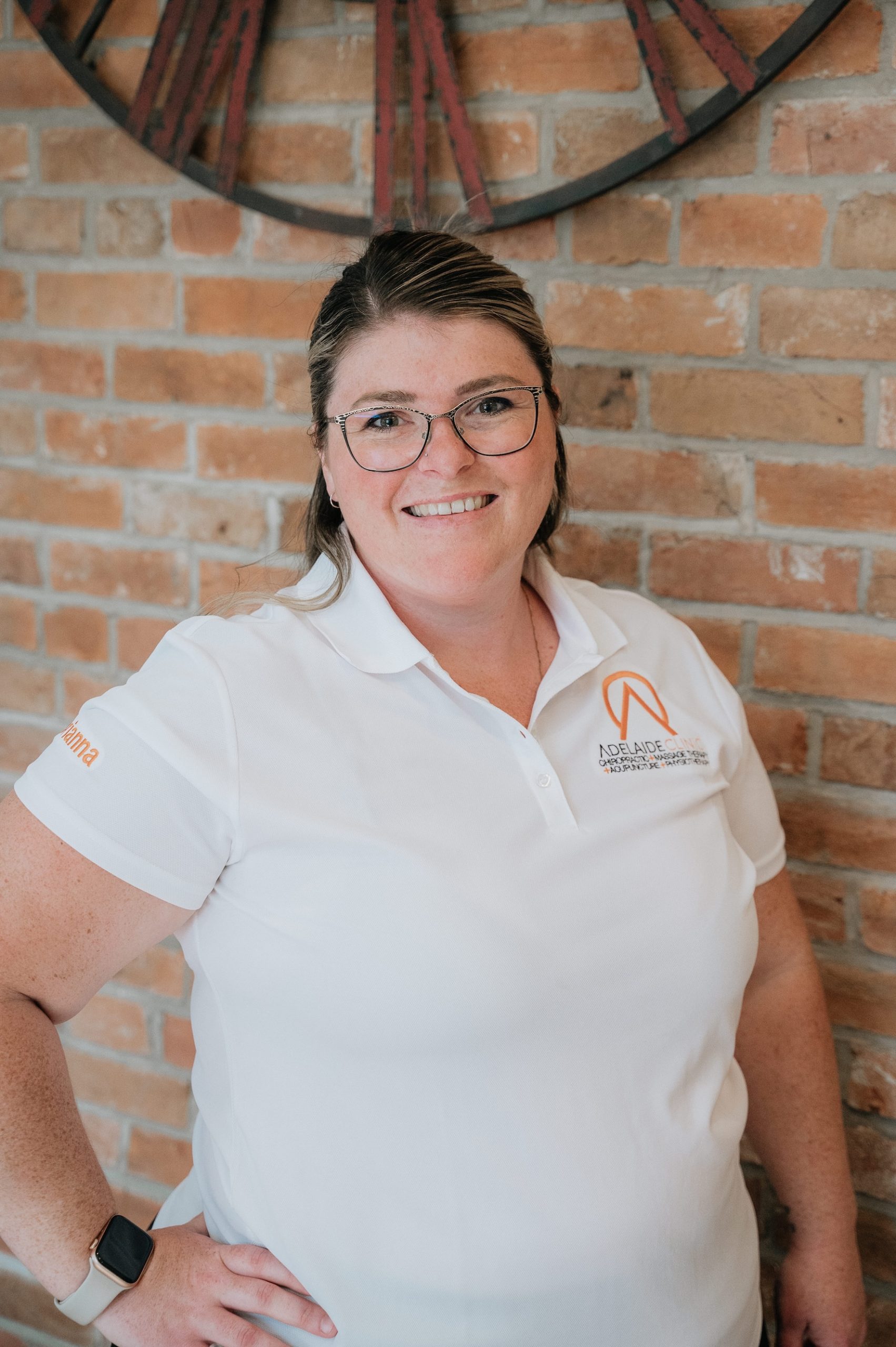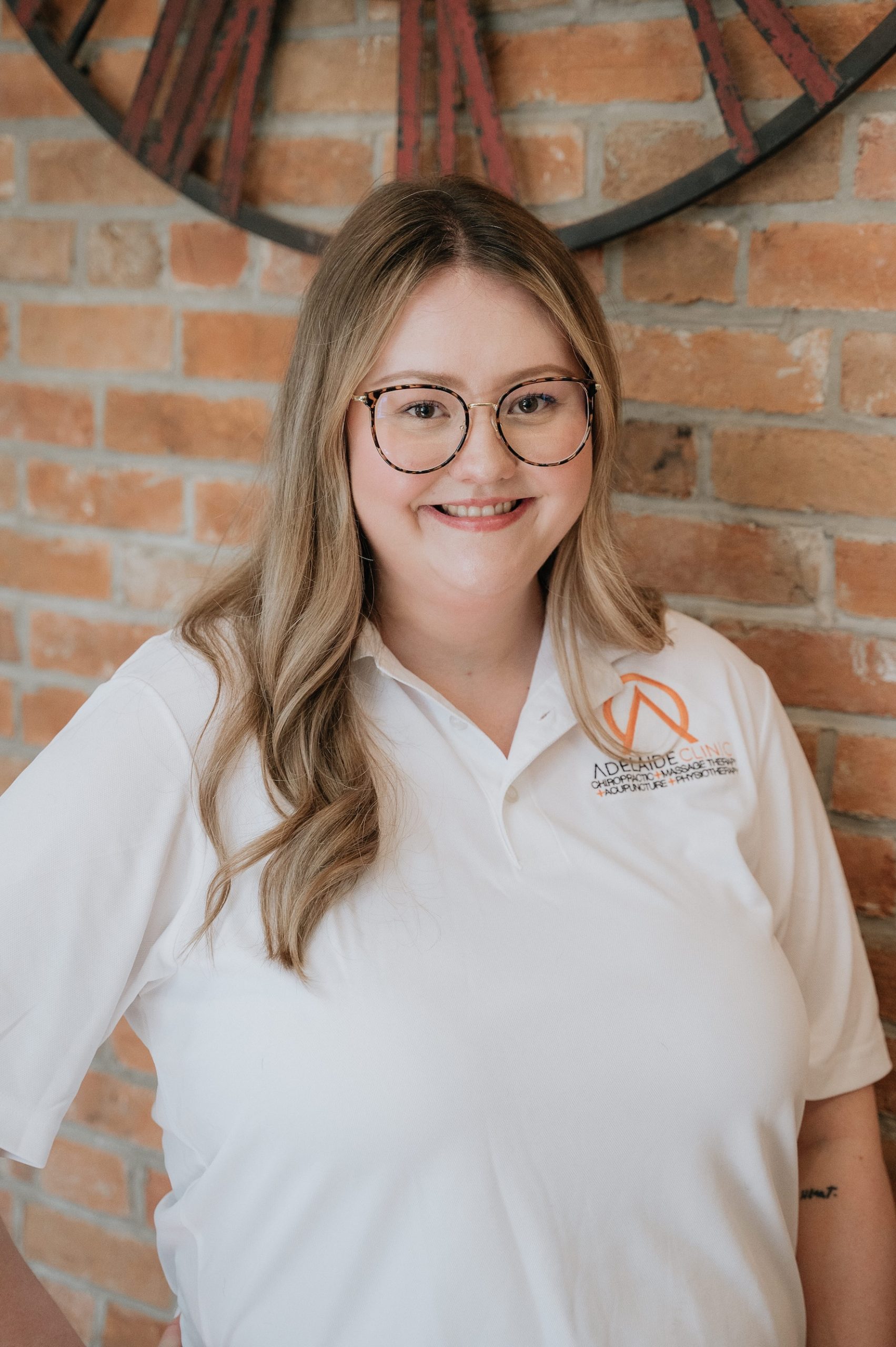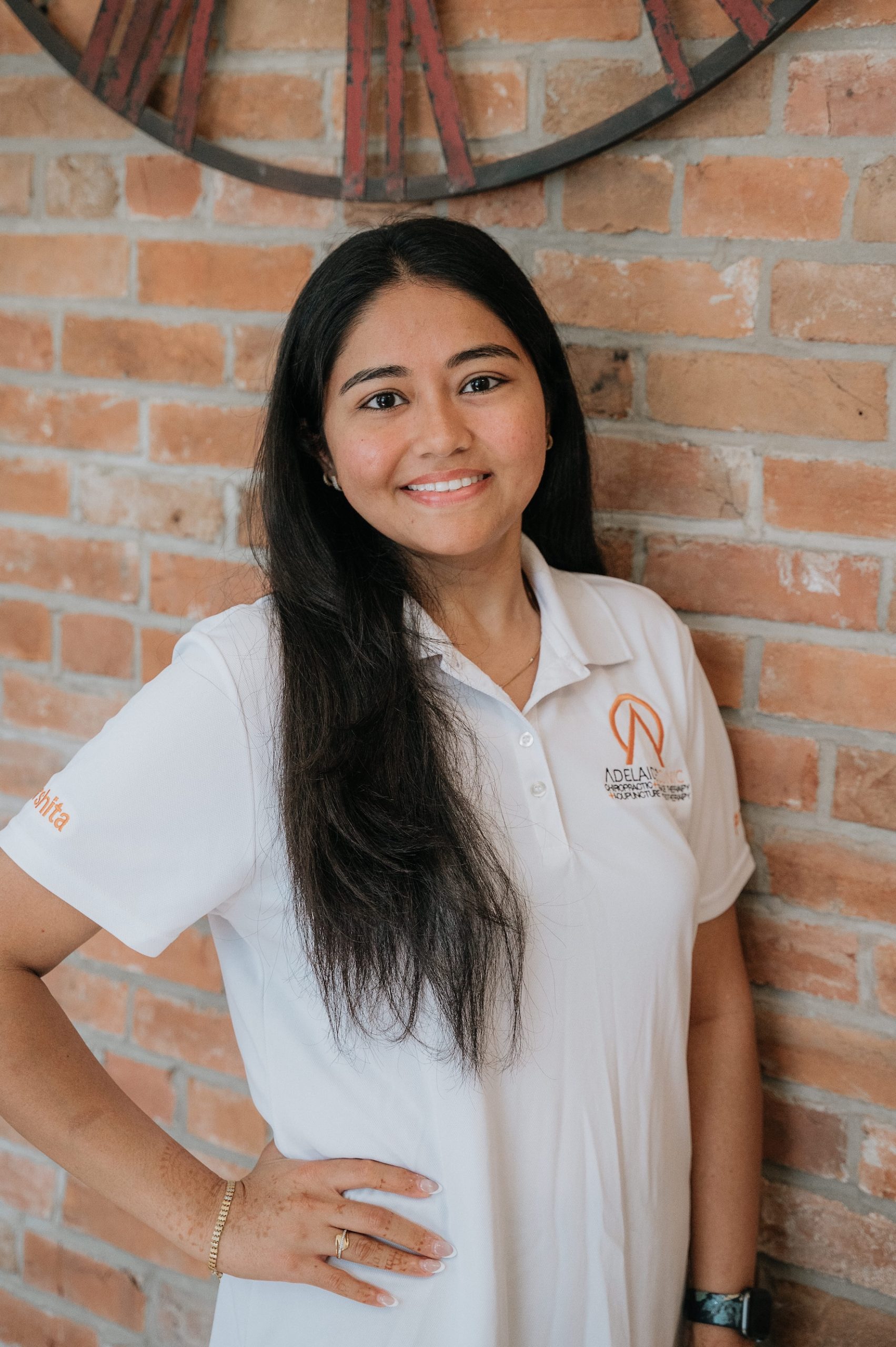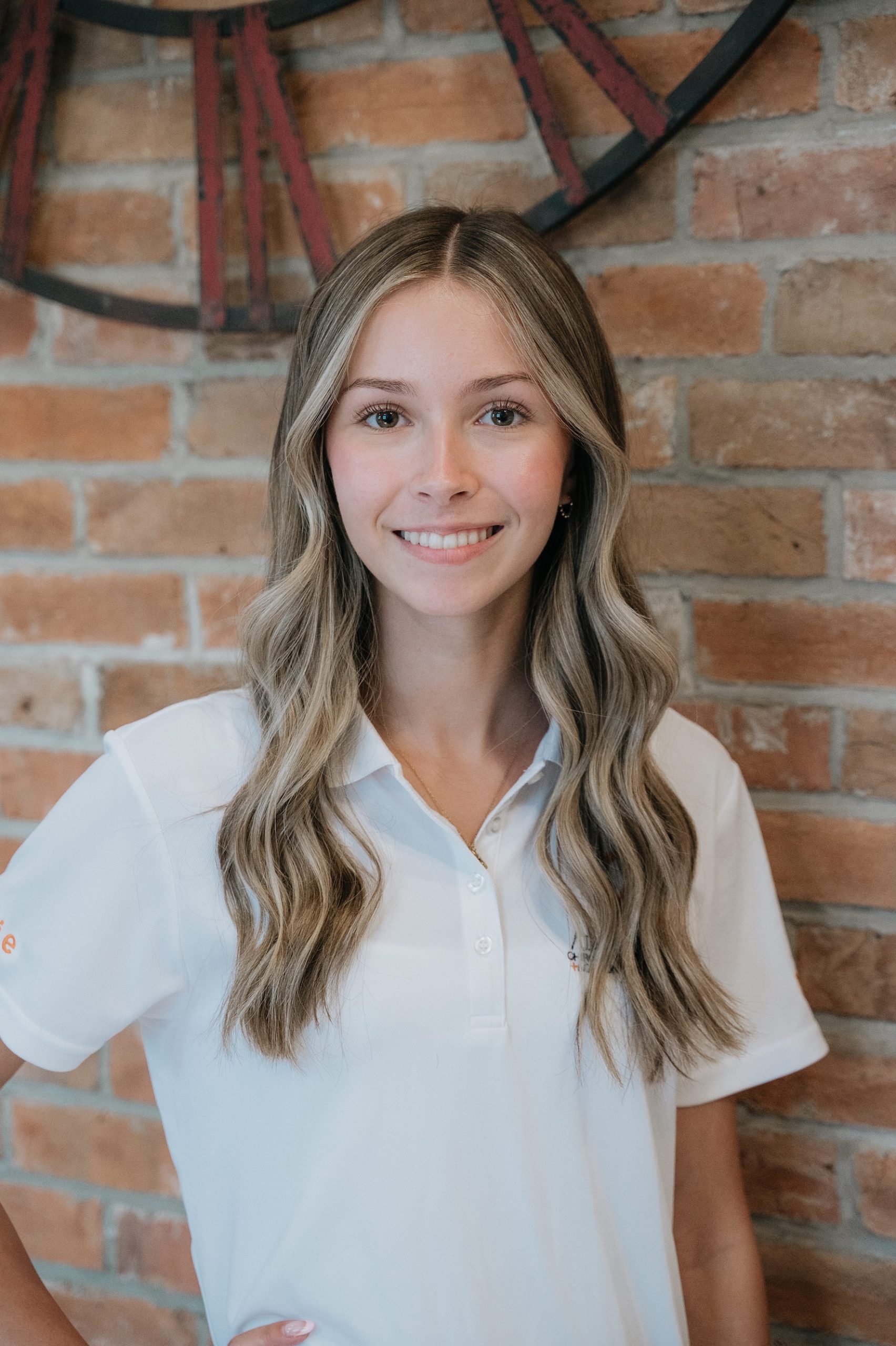The similarities:
Can be used for specific conditions and to reach specific end goals or just
relaxation.
Client-led — like when an adult comes in seeking massage therapy they are in
control with what happens in during their treatment, they give their consent as to
areas that they want the primary focus to be and give their consent to treatment
after receiving all the involved information. The approach of massage in children
is taken in the same manner. We work only where the child feels comfortable and
only if the child has given their consent in whatever way they feel comfortable.
The differences:
Massage in adults we picture usually a serene environment, tranquil music, lotions, etc. Massage in children can be that but often it is more play-based.
We work to stimulate not only the main senses but the two bonus senses, too:
vestibular (inner ear balance) and proprioception (hand-eye coordination).
In a normal treatment with an adult client, we use a professional-grade
massage lotion or oil. With children, if we use a lubricant, it is typically a cold-
pressed fruit or vegetable oil. The reasoning for this is that children’s pores are larger than adults and absorb more. All oils are absorbed into the skin and then move through capillaries into the bloodstream, so it is important to use
an oil that is suitable to their still developing bodies. With my paediatric massages, my oil of choice is jojoba oil. Jojoba oil is commonly used in hospital settings if massage is performed. It is anti-bacterial, keeps longer,
assists the breakdown of sebum in plugged pores and can be used in the
treatment of skin disorders such as eczema.
Is oil a mandatory staple in paediatric massage?
o Absolutely not. Sometimes, oil may be an
overstimulating sensation to the child, causing
them to feel as though they dislike their massage
time but cannot communicate why. That it may not be touch they dislike but the feeling of the oil
involved or even the feel of skin on skin. There
could be numerous sensations or stimulations that may be the centre of the issue. By giving the child the opportunity to explore different aspects of their treatment, we can establish ways to treat every child to their needs.
o At the beginning of their treatment, if working
directly to the skin, the child will be able to smell
the oil and touch the oil if they’d like to determine
how they feel towards it. Certain smells and feels
can cause over-stimulation in certain children, and every child has their own individual needs and preferences.







